Leave your name and phone number and we will call you back to arrange your heating survey.
Alternatively, call us on 01534 505460 Monday to Saturday, 9am to 6pm.
Our range of flexible domestic tariffs are designed to match your lifestyle and meet your home energy needs, from lighting to whole house heating.
View all tariffsWhether you want a completely new heating system, to simply change your boiler, or switch to electric transport, our low-carbon electricity offers a clean and efficient solution for your every need.
View all solutionsJersey's move to electric is gathering speed. Join the conversation and learn more about making your own move to electric transport.
If you can't find the help you need here, please contact our customer care between 9am and 5pm, 7 days a week.
Contact UsMoving home? Paying a bill? Opening or closing your account? We're here to help you do it quickly and hassle-free online.
Contact UsAll Areas
Let us help you find the best electric heating solutions for your home.
Leave your name and phone number and we will call you back to arrange your heating survey.
Alternatively, call us on 01534 505460 Monday to Saturday, 9am to 6pm.

Monday-Saturday 9am-6pm
Queens Road, St Helier, Jersey, JE4 8NY
Your 5 character Customer Number can be found in the top right and bottom left corners of your bill.
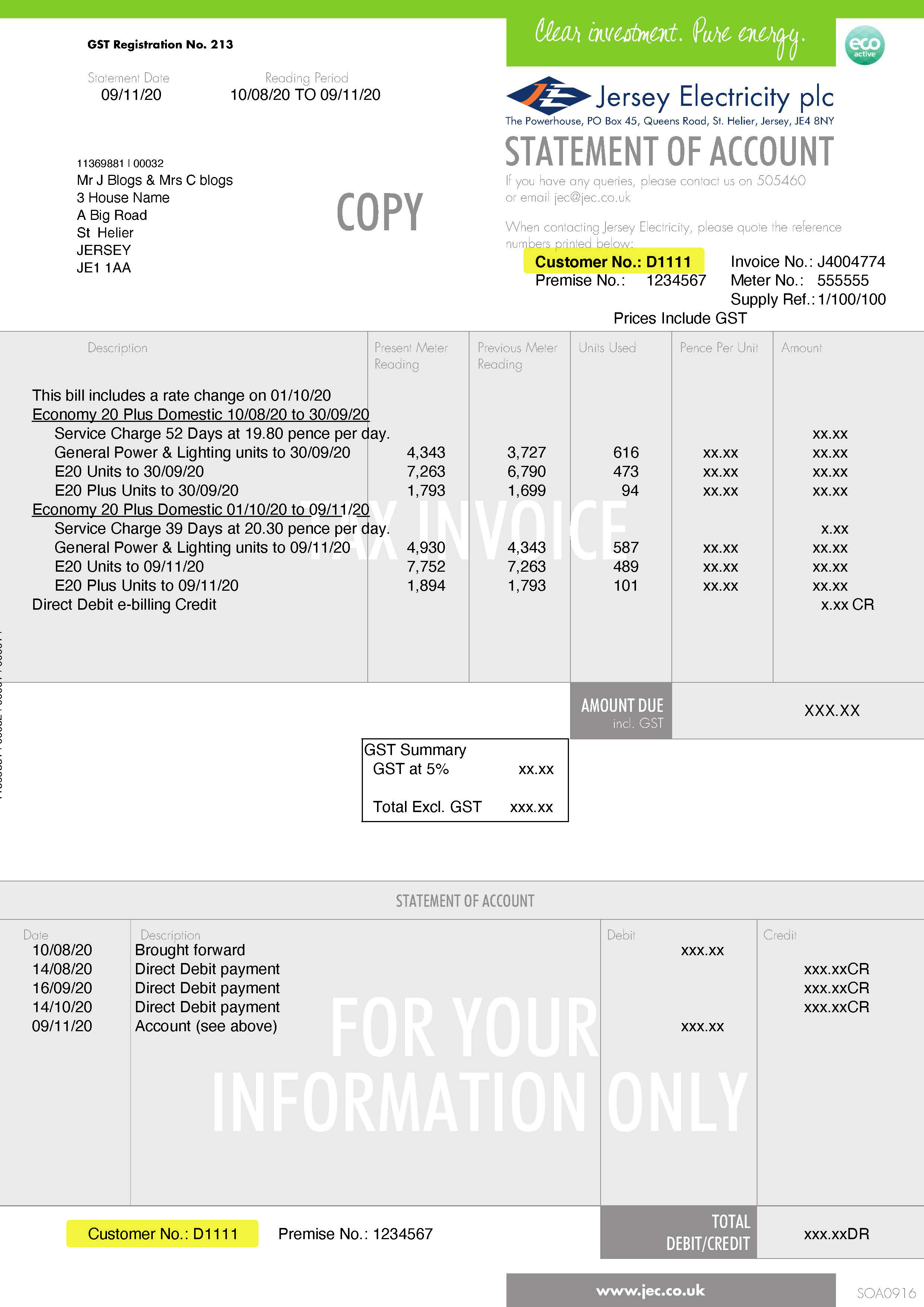
The Daily Service Charge covers energy support services such as metering, billing, Customer Care, safety obligations and other energy support services.
Off-peak means not at the most popular time. Some of our tariffs provide discounted rates at off-peak times - for example, during certain periods at night.
Our current off peak electric vehicles times are from 00:00 to 06:59.
A dedicated supply circuit is an electrical circuit that is set aside for a specific purpose, such as powering a boiler. It will work with a single appliance only.
It will have its own circuit breaker in your fuse box, and no other device or appliance will be able to draw power from it. A dedicated supply circuit ensures that appliances can draw the current they need without overloading your system, blowing a fuse or tripping an electric circuit.
This can be found on the top right corner of your bill here

This can be found on the top right corner and bottom left corner of your bill.
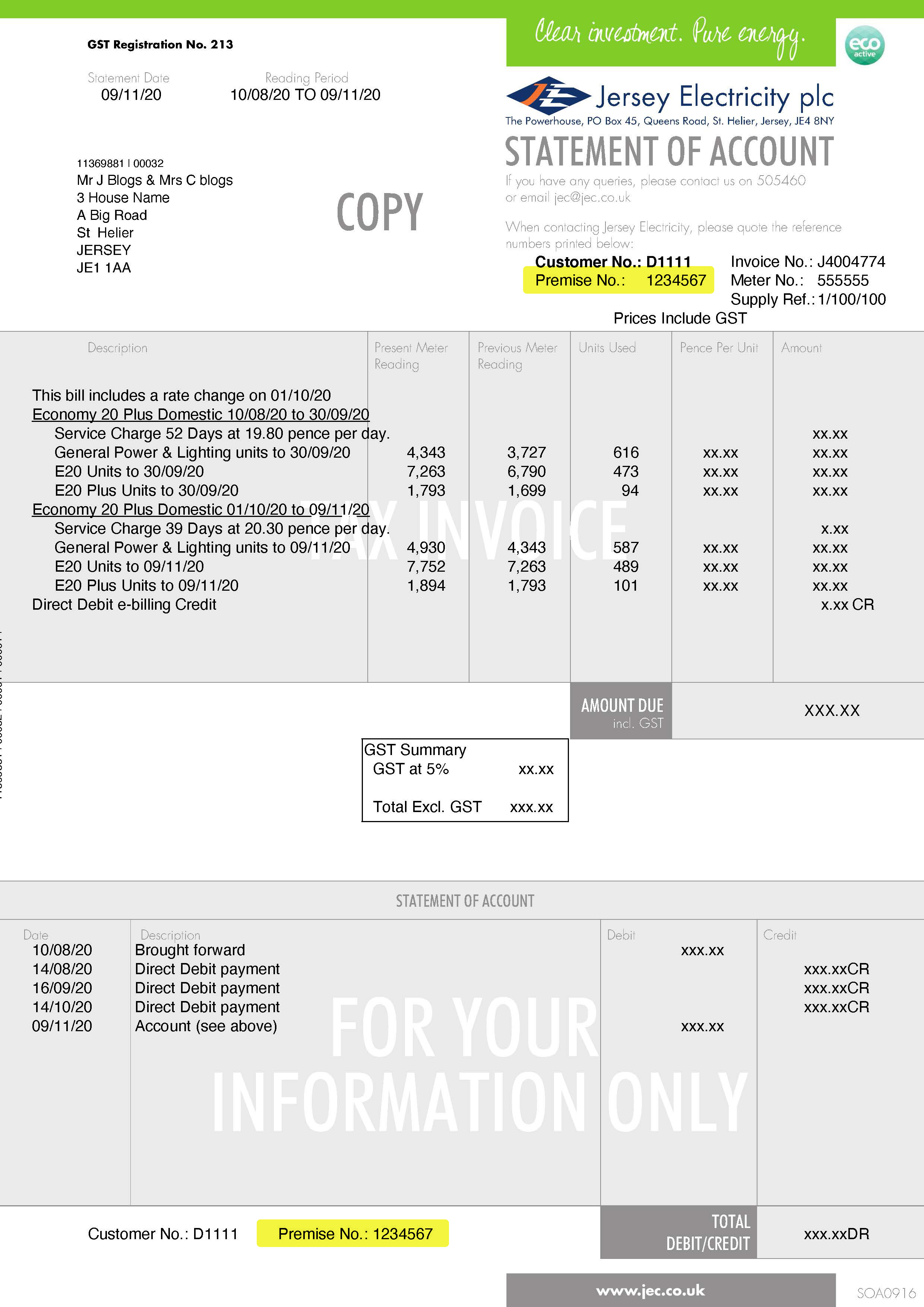
This can be found at the bottom of your bill here
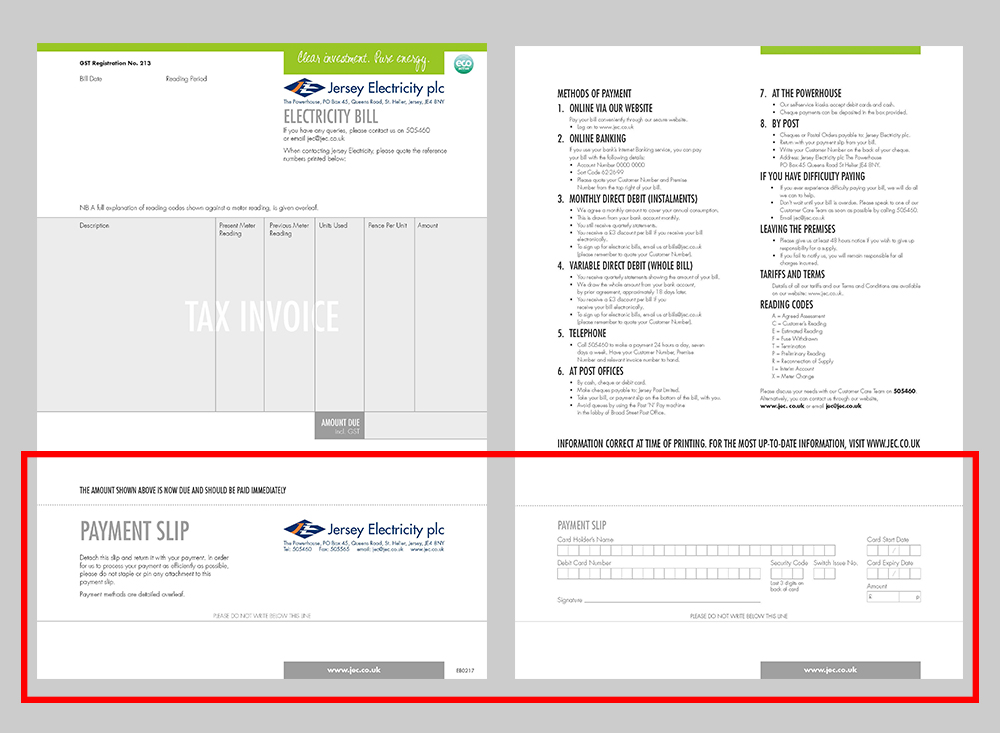
Peak load or peak demand is a short period when the demand for electricity is at its highest.
Electricity consumption is usually measured in kilowatt hours, or kWh for short. Each kWh of electricity equates to 'one unit of electricity' for billing purposes. A 1kW (1,000 Watts) appliance in use for one hour = 1kWh (one unit). The cost per unit used depends on which tariff you are on.
Residential homes are usually served by a single-phase power supply, while commercial and industrial facilities usually use a three-phase supply.
One difference between single-phase and three-phase is that a three-phase power supply better accommodates higher loads. Single-phase power supplies are most commonly used when typical loads are lighting or heating, rather than large electric motors.
Another important difference between 3-phase power and single phase power is the consistency of power delivery. Because of the variations in voltage, single-phase power supply does not offer the same consistency as a three-phase power supply. A three-phase power supply delivers power at a steady, constant rate.
A kVA is simply 1,000 volt-amps. A volt-amp, or ampere, (VA) is the voltage times the current feeding an electrical load.
Embedded generators like wind turbines and solar panels are connected to your electricity supply and provide electricity for onsite use. They also have the capability to export back to the grid.
Your Smart Card Number is the 19-digit number displayed below the barcode on your Smart Card.
The Smart Card Number also contains your six-digit Meter Number that is also displayed on your meter. You need this to top up a Smart Pay As You Go Meter whether at a Payzone outlet or online.
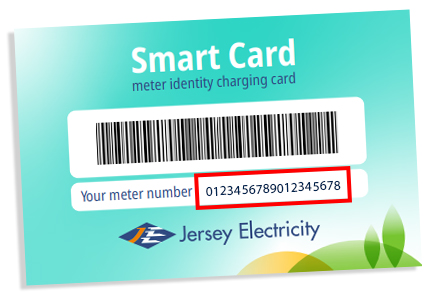
A Smart Card contains your unique Smart Card Number used when topping up a Smart Pay As You Go Meter.
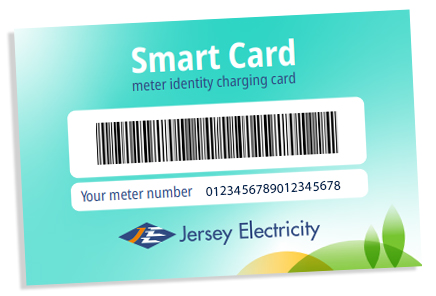
F-credit is a Pay As You Go meter display and means Friendly Credit. It is the period between 9pm and 8am. If the credit on your meter runs out during this period, your supply will remain on until 8am.
The process of reducing carbon by replacing fossil fuels with fuel that is less harmful to the environment such as low-carbon electricity.
With conventional braking systems, the kinetic energy that was propelling the vehicle forward gets converted to unwanted and wasted heat by the friction of the brakes.
Regenerative braking recaptures much of the car's kinetic energy and converts it into electricity, so that it can be used to recharge the car's batteries.
In addition to improving the efficiency of a vehicle, regeneration can significantly extend the life of the braking system, as the mechanical parts will not wear out as quickly.
Power factor is the ratio of useful power in kilowatts (kW) to apparent power, measured in kilovolt amperes (kVA). A perfect power factor would be 1.0, however in reality this is almost impossible to achieve. Office buildings are usually between 0.98 and 0.92. Bad power factor is anything below 0.85.
Electric flow boilers are simple to install, quiet in operation, 100% efficient and integrate into most existing radiator or underfloor piped systems. Plus, with no flue or storage tank, an electric boiler is a space-saving option that can be installed almost anywhere in your home.
A heating system, approved by Jersey Electricity, on a dedicated supply for use on one of our discounted heating tariffs.
To learn more about what's required for an approved heating system, view our current approved heating guidelines.
The 20-digit payment code is issued with your receipt for a Pay As You Go (PAYG) meter top-up. If your meter did not charge automatically, you can do it manually with the payment code. Press button A on your meter then key in your 20-digit payment confirmation code on the meter keypad, then press button B. Your meter will recognise the amount paid and charge accordingly.
Single-phase power supplies are most commonly used when typical loads are lighting or heating, as in a domestic home, rather than large electric motors and higher loads. Single-phase power is a two-wire alternating current (AC) power circuit.
To access up to £9,000 government heating incentive, you will need an Energy Performance Certificate (EPC). We can help arrange this for you.
The Government's low carbon heating incentive is a financial incentive to help move households and businesses away from fossil fuels.
Those with an oil or gas heating system can now apply for up to £9,000+ match funding towards a low carbon alternative.